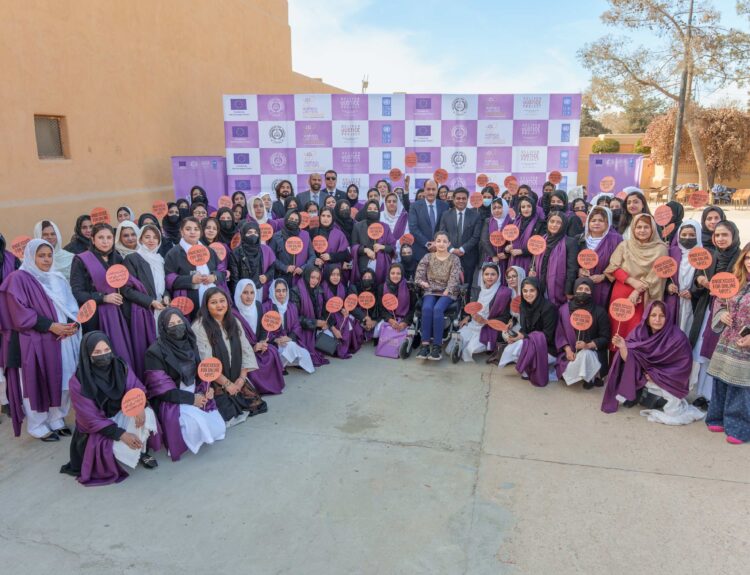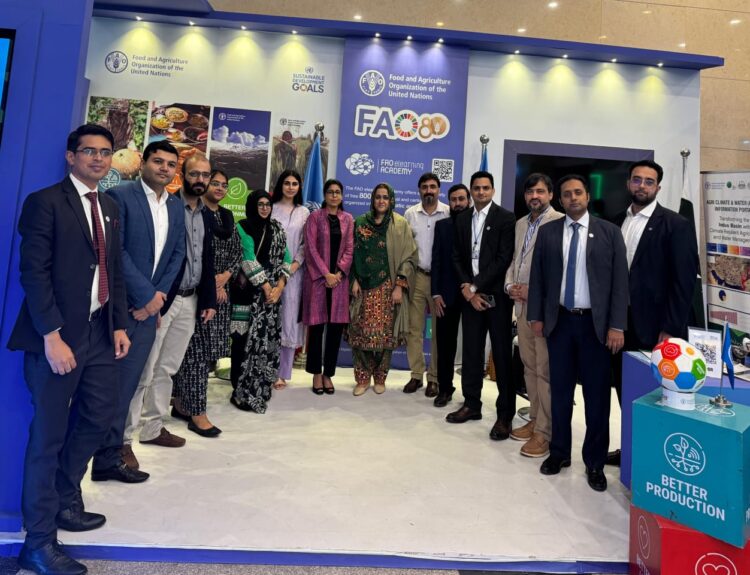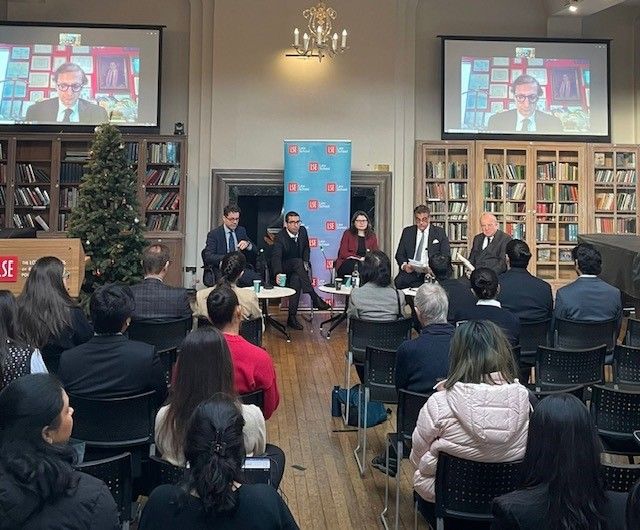GENEVA – Extreme heat is fast becoming one of the biggest threats to workers’ health and livelihoods, the World Health Organization (WHO) and World Meteorological Organization (WMO) warned on Friday.
The new joint report, Climate change and workplace heat stress, underscores the mounting risks as climate change fuels longer, more extreme, and more frequent heatwaves. It stresses that workers in agriculture, construction, and fisheries are already suffering the impacts of dangerous temperatures.
“Heat stress is already harming the health and livelihoods of billions of workers, especially in the most vulnerable communities,” said Dr. Jeremy Farrar, WHO Assistant Director-General. “This new guidance offers practical, evidence-based solutions to protect lives, reduce inequality, and build more resilient workforces in a warming world.”
WMO confirmed that 2024 was the hottest year on record, at 1.55 degrees Celsius above pre-industrial temperatures, and with daytime highs above 40 °C becoming commonplace – and in some areas, even exceeding 50 °C.
Extreme heat is fast becoming one of the biggest threats to workers’ health and livelihoods, the World Health Organization (WHO) and World Meteorological Organization (WMO) warned on Friday.
“Occupational heat stress has become a global societal challenge, which is no longer confined to countries located close to the equator – as highlighted by the recent heatwave in Europe,” said Ko Barrett, WMO Deputy Secretary-General. “Protection of workers from extreme heat is not just a health imperative but an economic necessity.”
Alarming findings
The report details how extreme heat is reshaping the world of work. It finds that worker productivity drops by 2 to 3 per cent for every degree above 20°C.
The health consequences are wide-ranging, including heatstroke, dehydration, kidney dysfunction, and neurological disorders. Overall, nearly half of the world’s population is now experiencing negative effects from high temperatures.
Calling for urgent occupational heat action plans tailored to industries and regions, WHO and WMO guidance includes several recommendations:
- Develop targeted occupational heat-health policies based on local weather and workforce vulnerabilities.
- Prioritize protections for middle-aged and older workers, those with chronic health conditions, and individuals with lower physical fitness.
- Train health professionals, employers, and workers to recognize and treat heat stress, which is often misdiagnosed.
- Involve workers, unions, and local authorities in shaping heat-health strategies.
- Promote affordable, sustainable, and scalable solutions, alongside innovation and new technologies.
- Strengthen research and monitoring to ensure measures remain effective.
The guidance builds on International Labour Organization (ILO) findings that more than 2.4 billion workers are exposed to excessive heat globally, resulting in over 22.85 million occupational injuries each year.
‘Critical milestone’
“This report represents a critical milestone in our collective response to the growing threat of extreme heat in the world of work,” said Joaquim Pintado Nunes, ILO Chief of Occupational Safety and Health and the Working Environment.
“Aligned with the ILO’s mandate to promote safe and healthy working environments as a fundamental right, it offers robust, evidence-based guidance to help governments, employers and workers confront the escalating risks of climate change.”
A call to action
Both UN agencies stress that addressing heat stress is central to safeguarding lives, livelihoods, and economies. The guidance supports the UN Sustainable Development Goals (SDGs), urging decisive action to protect vulnerable workers, reduce poverty, and promote sustainable growth. Urgent and coordinated action is no longer optional – it is essential, the report says.






